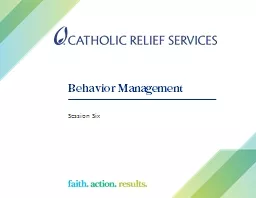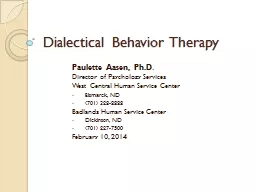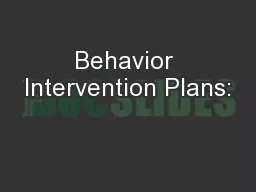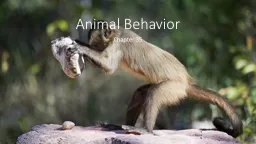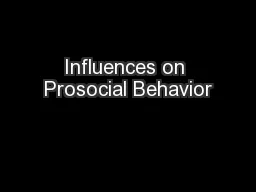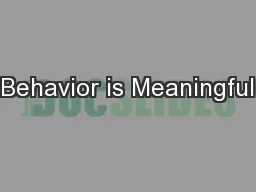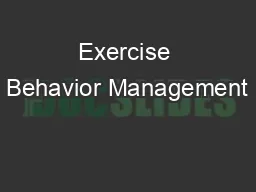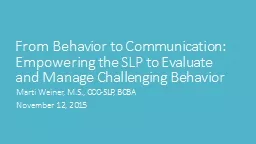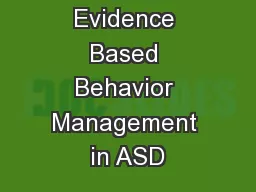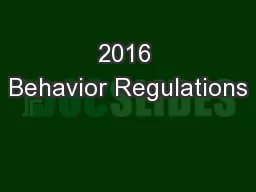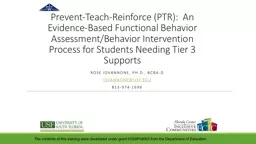PPT-Behavior Management
Author : trish-goza | Published Date : 2016-11-30
Session Six Why do people behave a certain way Discuss with your neighbor Why do you brush your teeth Why do you go to work Why do you go to dinner Why do you
Presentation Embed Code
Download Presentation
Download Presentation The PPT/PDF document "Behavior Management" is the property of its rightful owner. Permission is granted to download and print the materials on this website for personal, non-commercial use only, and to display it on your personal computer provided you do not modify the materials and that you retain all copyright notices contained in the materials. By downloading content from our website, you accept the terms of this agreement.
Behavior Management: Transcript
Download Rules Of Document
"Behavior Management"The content belongs to its owner. You may download and print it for personal use, without modification, and keep all copyright notices. By downloading, you agree to these terms.
Related Documents

